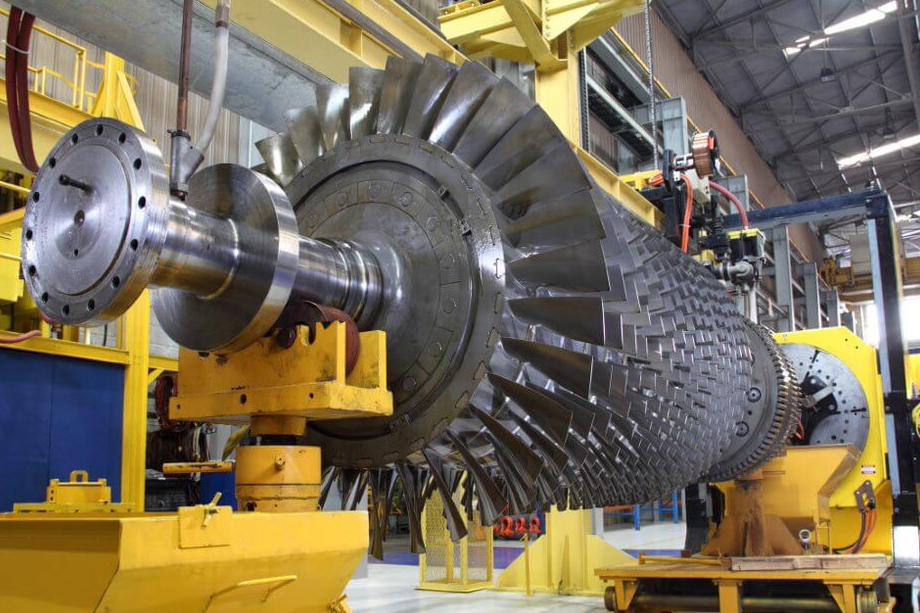How does post-processing improve the mechanical properties of 3D printed parts?
How Does Post-Processing Improve the Mechanical Properties of 3D Printed Parts?
Residual Stress Relief and Microstructure Refinement
Many 3D printed metal parts, particularly those manufactured via Powder Bed Fusion, accumulate residual stress due to rapid thermal cycling during fabrication. Heat treatment alleviates these stresses by promoting recrystallization and controlled grain growth. For alloys such as Inconel 718 and Ti-6Al-4V, heat treatment significantly enhances ductility, tensile strength, and fatigue resistance by optimizing their microstructures.
Density and Fatigue Resistance via HIP
Hot Isostatic Pressing (HIP) eliminates internal voids and porosity, increasing material density to near-theoretical levels. This directly improves fatigue strength, fracture toughness, and creep resistance in critical aerospace, energy, and medical components. For example, HIP-treated superalloy parts show up to 10× improvement in fatigue life over as-printed counterparts.
Surface Enhancement and Stress Distribution
Post-processing techniques like CNC machining, polishing, and electropolishing reduce surface roughness, which decreases localized stress concentrations. This results in improved load-bearing performance and reduced risk of crack initiation—especially important in fatigue-critical applications like automotive engine parts or aerospace brackets.
Hardness and Wear Resistance Improvements
Surface treatments such as PVD coating, anodizing, or nitriding increase surface hardness and reduce friction. These methods are particularly effective for improving wear performance in sliding or abrasive conditions. Parts made from Tool Steel H13 and Stainless Steel 316L gain substantial life extension after surface hardening.
Functional Property Tailoring
Through a combination of post-processing, including thermal barrier coatings (TBC), heat treatment, and HIP, parts can be tailored to perform under specific mechanical loads, environmental exposures, or fatigue cycles. These enhancements transform as-printed prototypes into fully functional end-use components in industries like energy, defense, and consumer electronics.
Recommended Services for Mechanical Enhancement
Neway offers full-spectrum post-processing solutions to improve mechanical performance:
Heat Treatment: Optimizes grain structure and relieves internal stress.
Hot Isostatic Pressing (HIP): Eliminates porosity and enhances fatigue strength.
CNC Machining: Delivers precision features with minimal stress concentrators.
Surface Treatment: Adds hardness, wear resistance, and corrosion protection.



